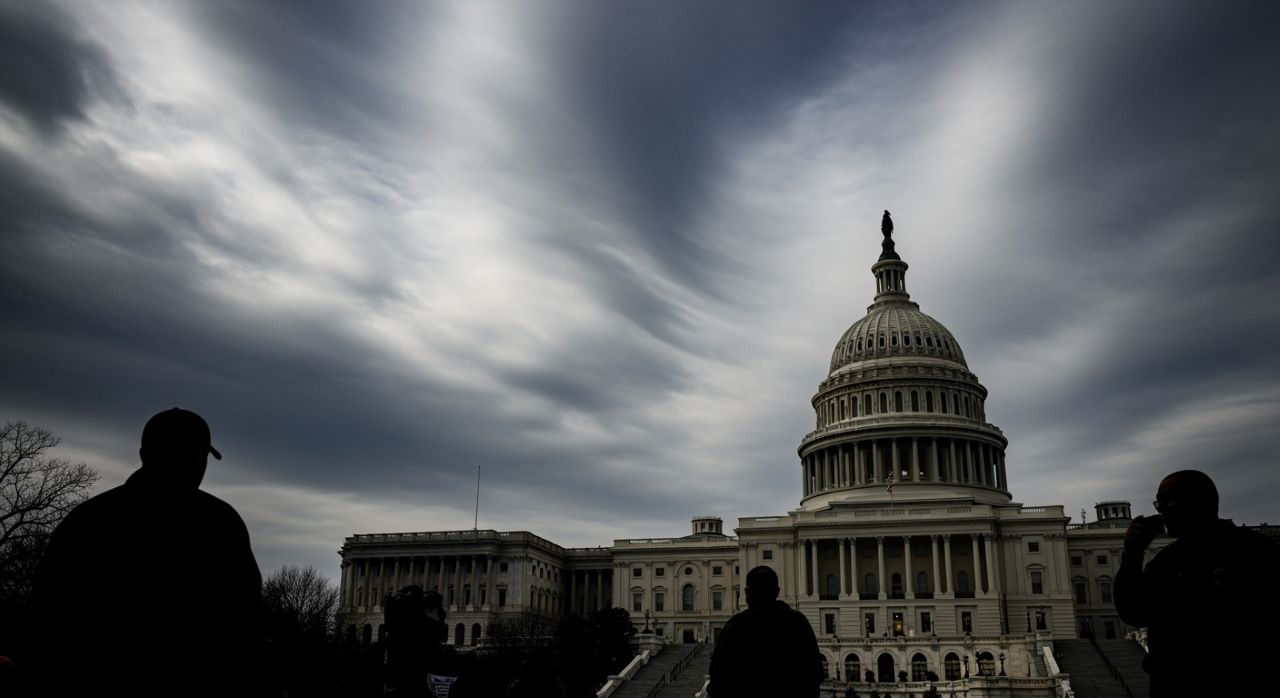
The Anatomy of a Legislative Earthquake: How Trump’s “One Big, Beautiful Bill” Redrew Washington’s Lines
On a muggy July morning, the House of Representatives delivered President Donald Trump the legislative trophy he’s been chasing since his return to the White House: a sprawling, nearly 900-page bill that fuses tax cuts, military spending, and a hard-edged immigration crackdown with some of the deepest cuts to the social safety net in a generation. The final tally—218 to 214—was as much a testament to Trump’s grip on the GOP as it was to the party’s willingness to swallow its own doubts for a shot at legacy-making power.
The drama leading up to the vote was pure Capitol Hill theater. House Minority Leader Hakeem Jeffries, binder in hand, filibustered for more than eight hours, lambasting the bill’s Medicaid and SNAP cuts as a “betrayal of working families.” Meanwhile, Speaker Mike Johnson and Trump himself worked the phones, cajoling, threatening, and promising until only two Republicans defected. The bill now heads to Trump’s desk, where he’s expected to sign it on Independence Day—a symbolic flourish that’s as much about optics as policy.
What’s Actually in the Bill?
This isn’t just another tax cut. The legislation extends Trump’s 2017 tax reductions, but goes further: it temporarily eliminates taxes on tips and overtime pay, a nod to service workers and the gig economy. There’s a $200 billion boost for the Pentagon and billions more for border security, including new detention centers and hundreds of miles of additional border wall. The bill also greenlights a hiring spree for border agents and funds Trump’s mass deportation plans.
But the price tag is staggering. The Congressional Budget Office pegs the cost at$3.3 trillion added to the national debt over the next decade. The bill’s $4.5 trillion in tax cuts far outpace the $1.2 trillion in spending reductions, which come almost entirely from Medicaid, SNAP, and clean energy programs. Medicaid alone faces $930 billion in cuts, a direct violation of Trump’s earlier campaign promises.
The Human Calculus: Winners, Losers, and the Reluctant Yes
The bill’s passage was never a foregone conclusion. Retiring Rep. Don Bacon of Nebraska, who had publicly balked at Medicaid cuts, ultimately voted yes, torn between protecting his constituents’ health care and delivering on tax relief and border security. “What is going to provide more benefit?” he mused, echoing the kind of moral math that haunted many swing-district Republicans.
For Democrats, the bill is a gift-wrapped campaign issue. Jeffries and his caucus are already plotting a midterm strategy centered on the bill’s impact: nearly 12 million people could lose Medicaid coverage, and millions more will see reduced food assistance. House Majority Forward, a Democratic-aligned nonprofit, is preparing attack ads targeting vulnerable Republicans in swing districts.
The Art of the (Last-Minute) Deal
The legislative process was a masterclass in brinkmanship. Trump and Johnson leaned hard on the party’s right flank, while Senate Majority Leader John Thune navigated a minefield of fiscal hawks and moderates. The Senate version squeaked by with Vice President JD Vance breaking a 51-50 tie, after a marathon session that saw Sen. Lisa Murkowski call the vote “agonizing” and Sen. Thom Tillis announce his retirement after defying Trump.
The final product is a patchwork of concessions: a$50 billion fund for rural hospitals, a temporary reprieve for Alaska from new SNAP work requirements, and a higher cap on state and local tax deductions for blue-state Republicans. But the core remains: tax cuts, military spending, and a sharp right turn on immigration.
What Comes Next?
Trump’s allies are already touting the bill as a generational achievement, a fulfillment of the “mandate” they claim voters delivered last November. But the aftershocks are just beginning. Democrats are betting that the pain from Medicaid and SNAP cuts will be felt long before the benefits of tax relief or border security. The 2026 midterms are already taking shape as a referendum on this bill.
For now, though, Trump and the GOP have their win. The question is whether the country will see it as a triumph—or a turning point.
